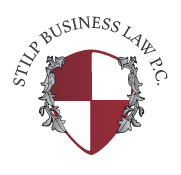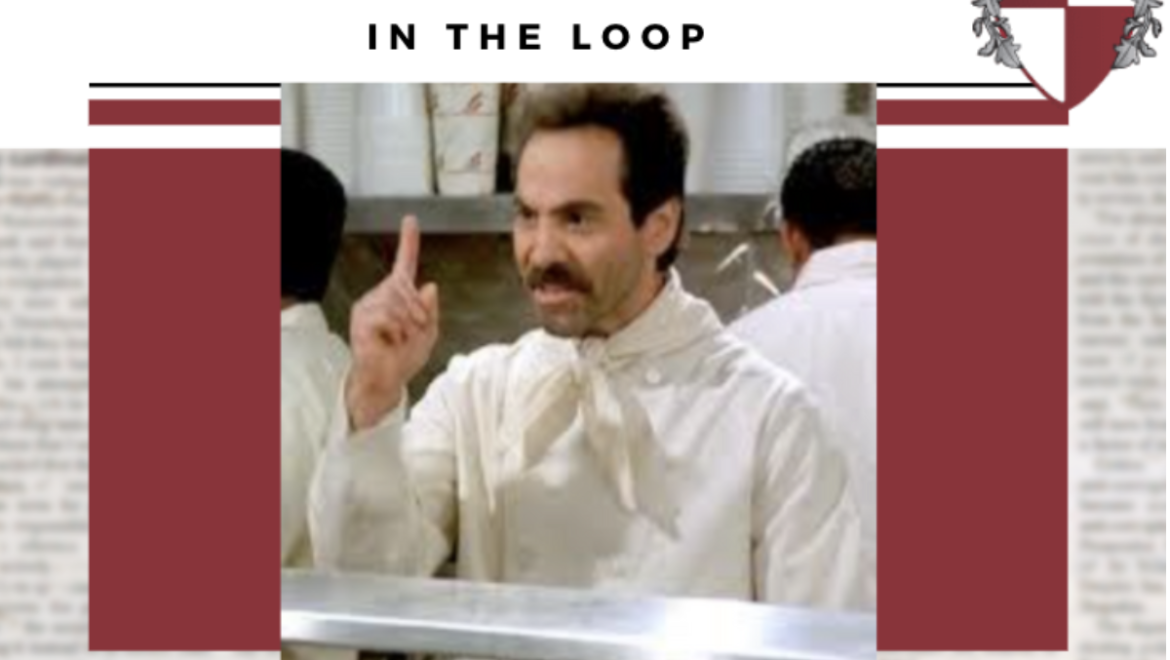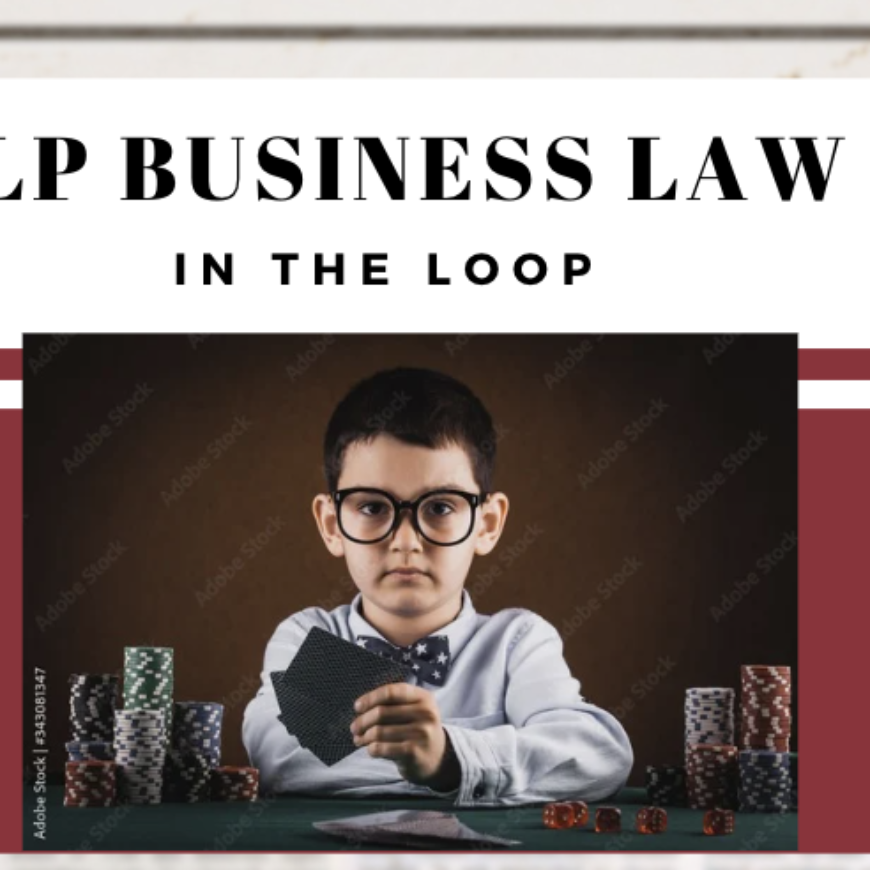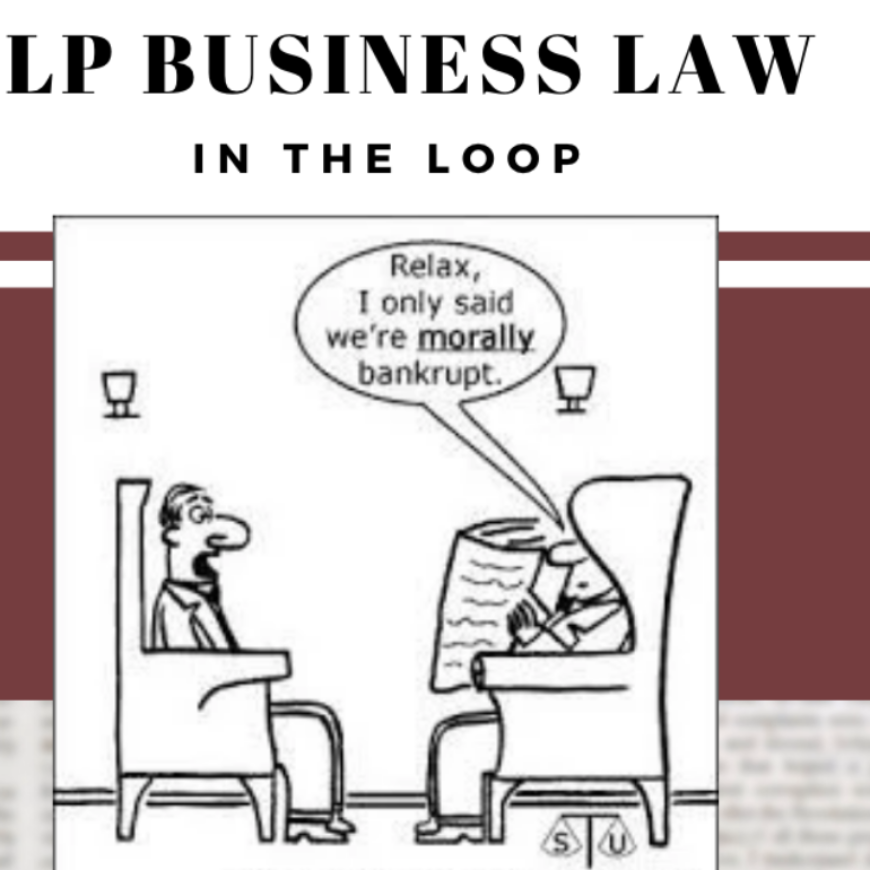Tom Stilp JD, MBA/MM, LLM, MSC
Generally, people think there are two ways cases get resolved – by trial or by settlement. Actually, more cases get resolved by “dispositive motions.”
First, a “motion” is a request to the court to enter an order of some kind. “Dispositive” means the party is asking the court to enter an order disposing of (ending) the case.
There are many types of dispositive motions.
The more common types of dispositive motions are a motion for dismissal, a motion for judgment on the pleadings, or a motion for summary judgment. We will discuss the last type of motion (summary judgment) because it is the most interesting.
A motion for summary judgment tells the court that the case need not go to trial because the evidence strongly favors the party seeking summary judgment. Naturally, the other side files papers in opposition, called a response, telling the court that the case is not so clear-cut. The “briefing schedule” normally involves the motion for summary judgment, the response in opposition, a reply in further support of the motion, and sometimes a “sur-response” and “sur-reply,” although this extended briefing is unusual.
In a motion for summary judgment, the court decides legal questions, but if there are factual questions (that is, the case is not so clear-cut), then the case is set for trial. Technically, the standard for summary judgment is that “there is no genuine issue of material fact and the moving party is entitled to judgment as a matter of law.” Rule 56 of the Federal Rules of Civil Procedure; Section 1-1005(c) of the Illinois Code of Civil Procedure.
Because the standard to short-cut a case going to trial is high, many question why a motion for summary judgment is even filed. That would be a mistake. If you lose, it just means your case has questions of fact for trial. If you win, then you get a judgment. Either way, the motion is a low-risk way of trying your case.
Even if your attorney thinks the likelihood of success is less than 50%-50% for winning, there are three (3) strategic reasons for filing a motion for summary judgment.
Educate the court: First, a motion for summary judgment educates the court about your case. With the huge docket of cases, oftentimes a judge has limited knowledge of a particular case, and the motion for summary judgment puts your case front and center for the judge, useful when you need the court to decide complex issues later that involve knowledge of your case.
Test your case: Second, a motion for summary judgment allows you to “test the waters” and the strengths and weakness in your case. In addition, by forcing your opponent to respond, you are able to see what evidence is marshalled against your case. What the other side does, or more likely, does not put up may surprise you and show limitations in their case.
Provoke settlement: Third, filing a motion for summary judgment puts pressure on the other side by forcing them to respond. In such a situation, if the other side knows what it has (or doesn’t have) to oppose the motion, and the costs of preparing a response, filing the motion for summary judgment may prompt the other side to discuss settlement.
Having handled hundreds of motions for summary judgment, these motions are highly technical and experienced counsel will know what to do.



